Aircraft
North American F-86F Sabre “Shirleys Texas Tornado”
Pilot & Markings
Sam Johnson — 51st FIW, 16th FIS, Suwon Air Base K-13, South Korea, 1953
Scale & Kit
1/48 Scale Hasegawa Model
History
In 1945, North American Aviation was granted a contract to produce three prototypes of what was to become the most iconic airplane of the Korean War. With a record of creating legendary aircraft, such as the P-51 Mustang and the B-25 Mitchell, North American Aviation did not disappoint. The resulting F-86 Sabre, a single seat, single engine, interceptor and bomber went on to become the highest production western jet of all time. With the inclusion of all variants, a total of 9,860 units were built to operate in air forces from all around the world. Incredibly, the last known Sabre was retired almost 50 years later by the Bolivian Air Force in 1994. Piloted by George Welch, the North American F-86 Sabre made its maiden flight on October 1, 1947. By September of 1948, the Sabrejet had already broken the world record, reaching a top speed of 920 km/h (570 mph). Initial designs were influenced by 1940’s German research seized after WWII. Based on wind-tunnel tests conducted on small model airplanes, the wings and stabilizers of the Sabre were swept back 35 degrees to increase speed performance.
The North American F-86 Sabre was quickly promoted to be the primary combat airplane of the Korean War. Well armed, it carried six 12.7mm machine guns that fired 1,200 rounds per minute. Contrary to popular opinion, the Sabrejet was outperformed by its rival, the Soviet produced MiG-15. It had superior armament, acceleration, ceiling, rate of climb and speed. Despite these statistics, the F-86 was successful against the MiG-15 due to the superior training and tactics of experienced Sabrejet pilots. Fourty one of these pilots became aces during the campaign and all but one flew the F-86 Sabre.
The Sabrejet depicted in this scale model airplane belonged to Lieutenant Sam Johnson of the 51st Fighter-Interceptor Wing (FIW), 16th Fighter-Interceptor Squadron (FIS). He arrived in Korea in December of 1952 and went on to serve 62 combat missions. During this time, he scored one victory, one probable and one damaged MiG-15.
The 1/48 Hasegawa F-86F scale model airplane was used for this project. It depicts “Shirleys Texas Tornado” as flown by Lieutenant Sam Johnson in 1953, based out of K-13 Air Base in Suwon, South Korea. Enjoy the photos.
Photo Gallery 1
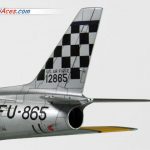
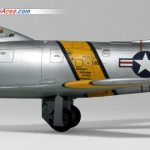
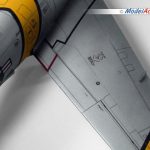
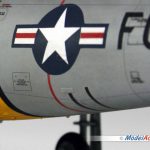
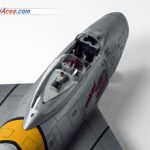
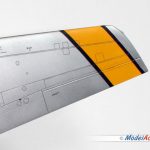
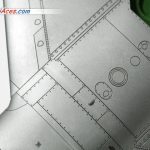
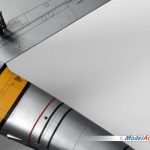
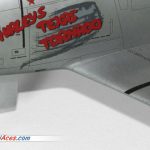
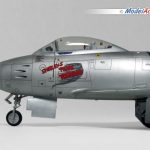
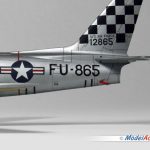
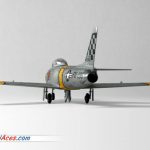
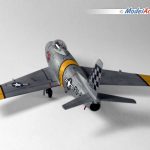
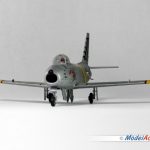
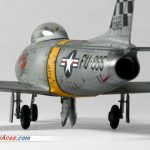
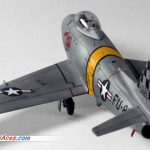
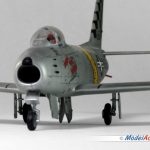
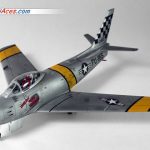
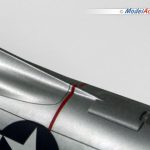
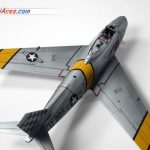
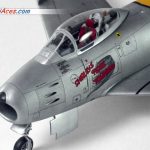
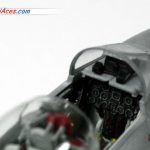
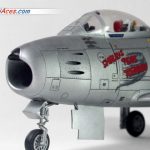
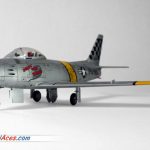
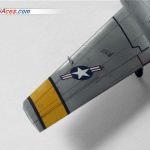
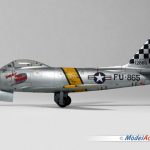
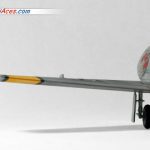
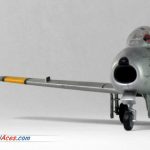
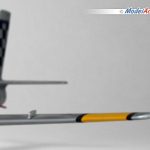
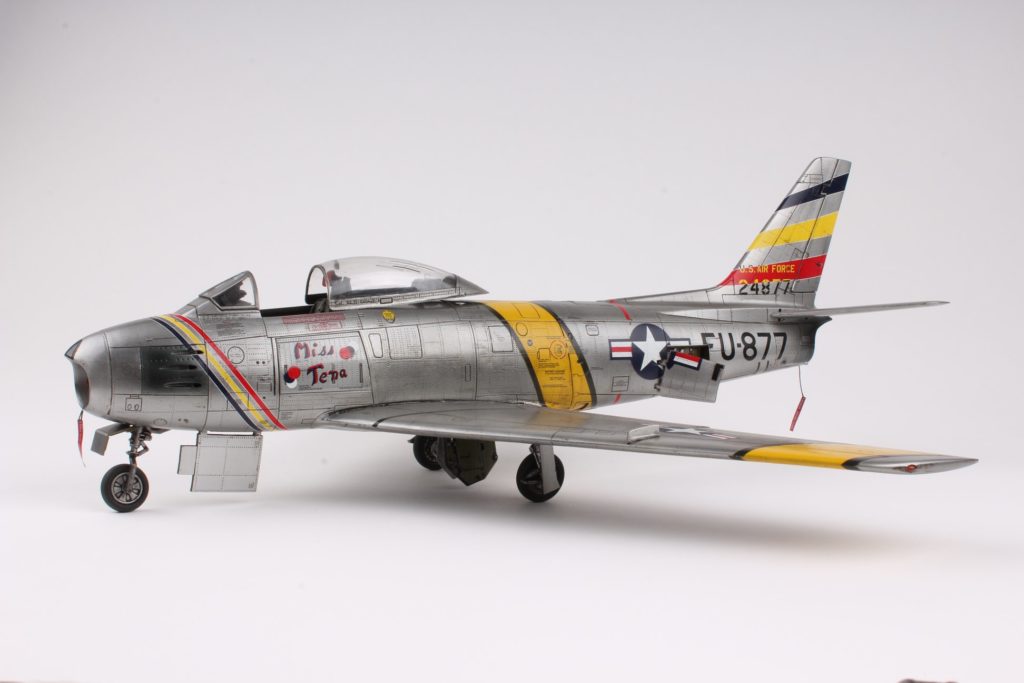
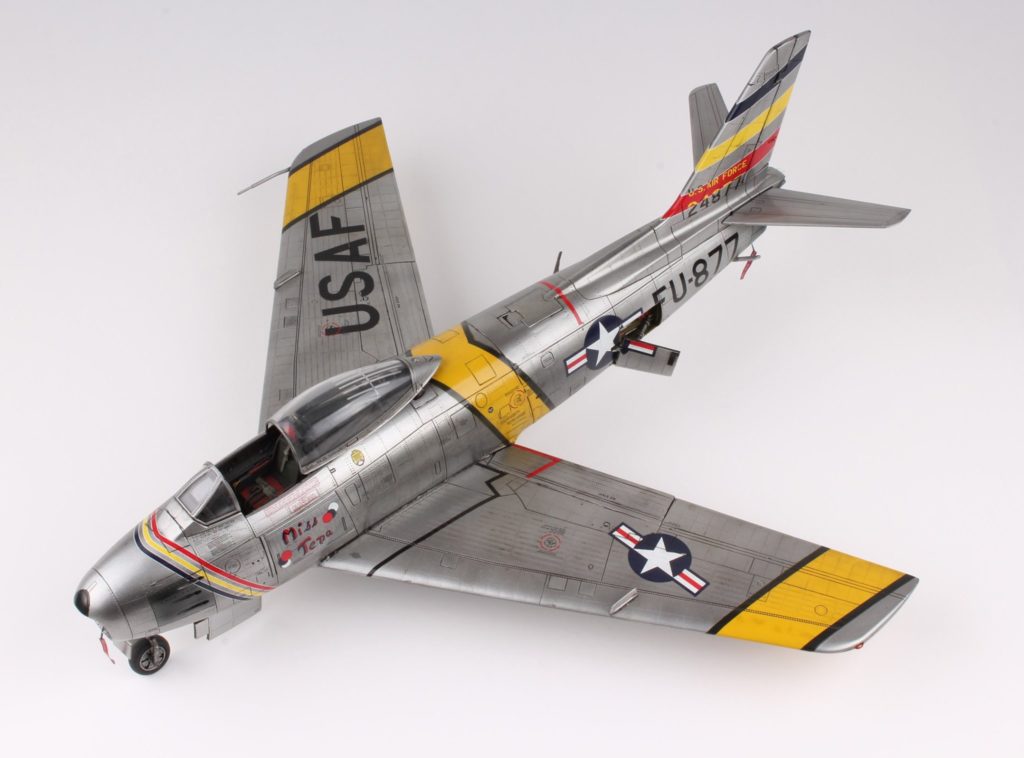
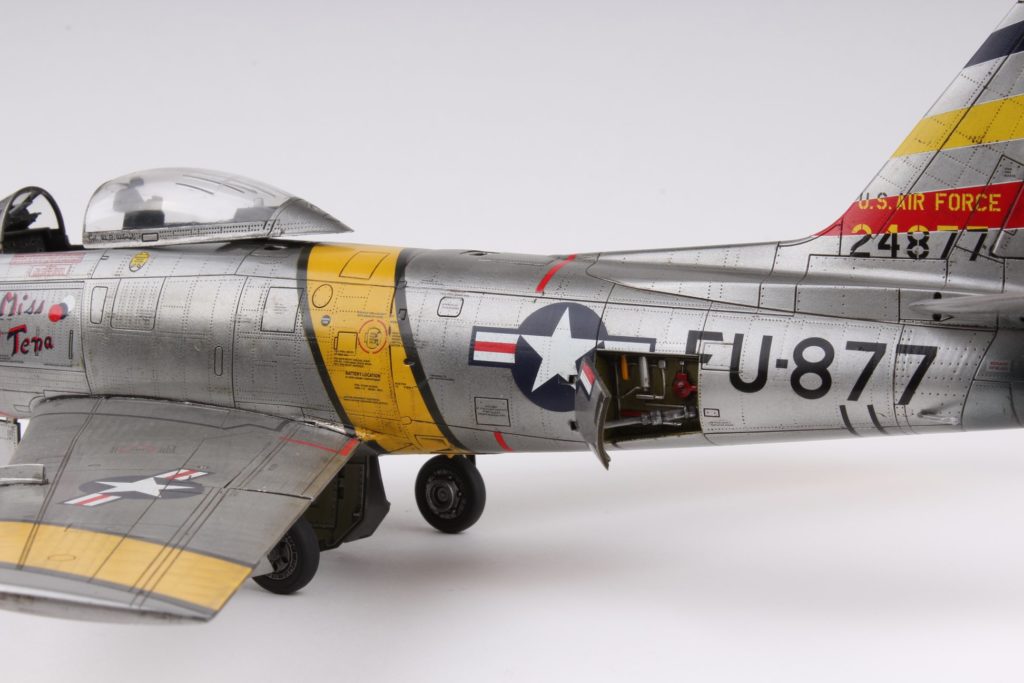
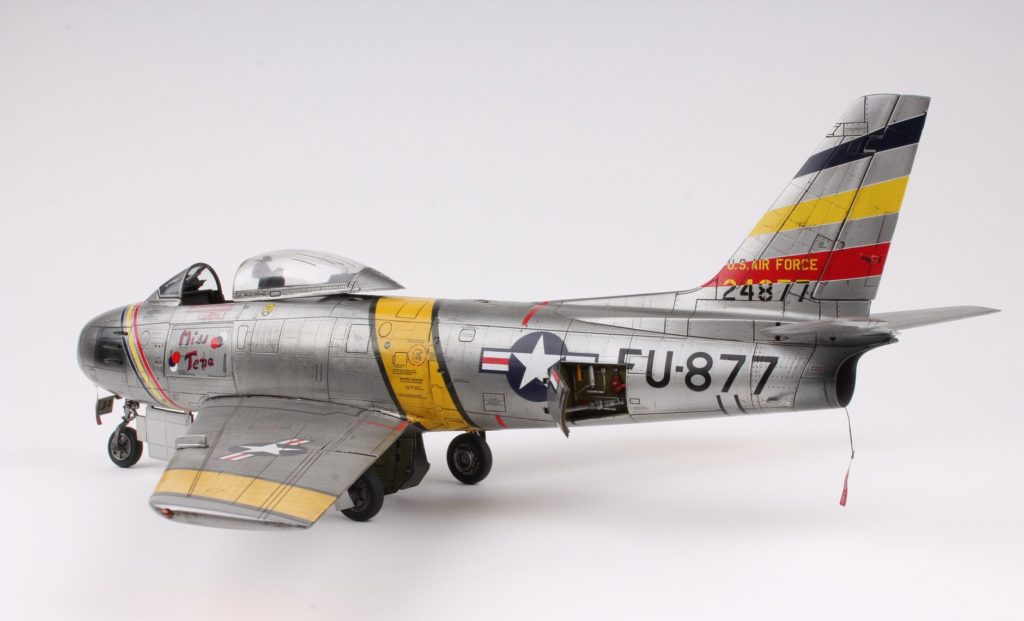
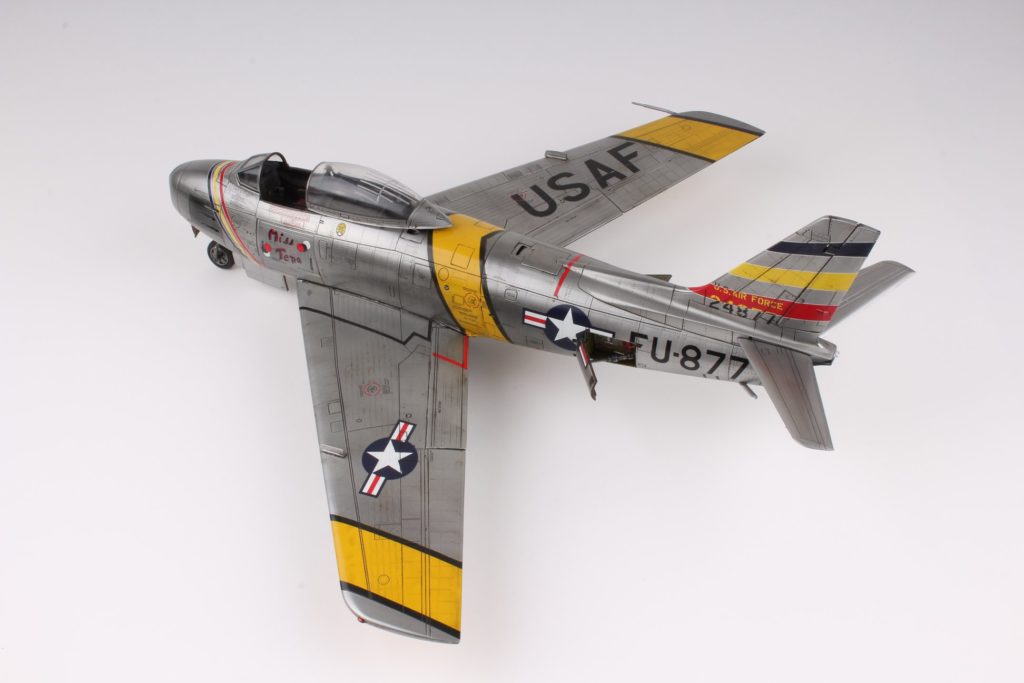
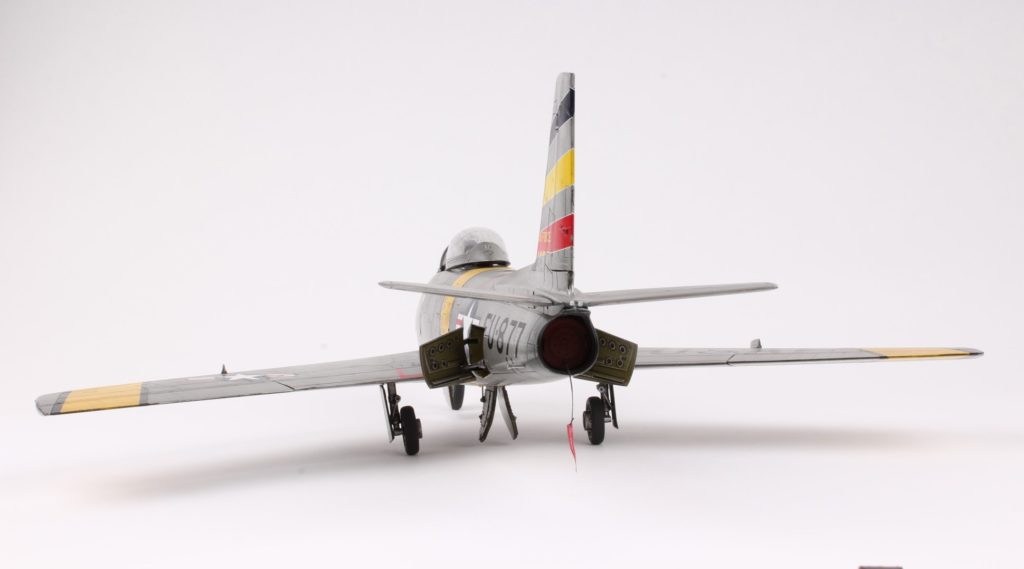
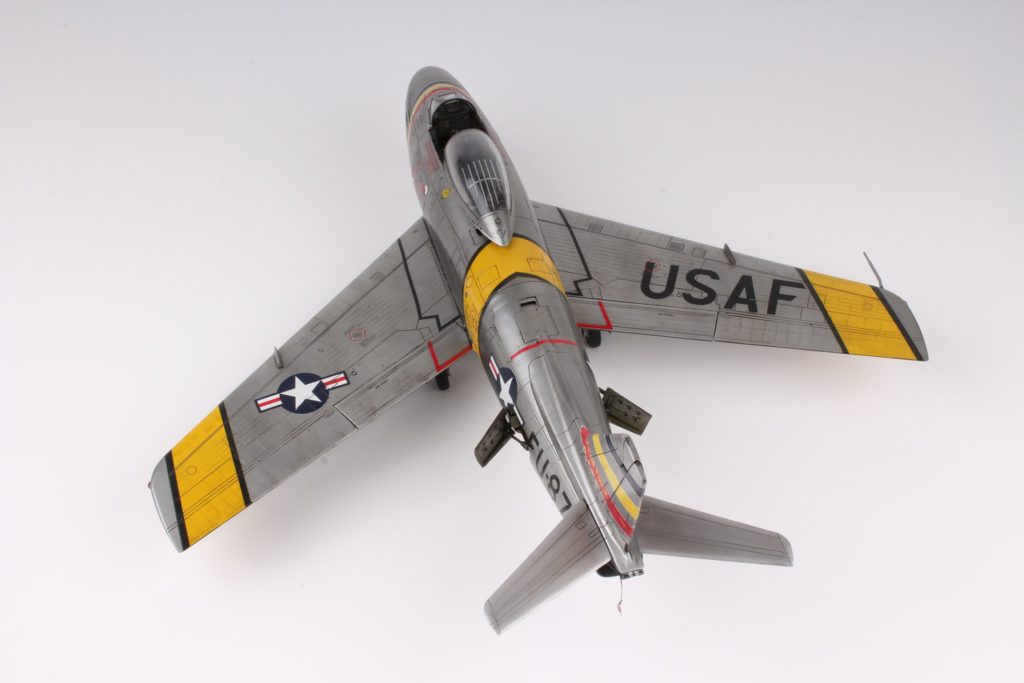
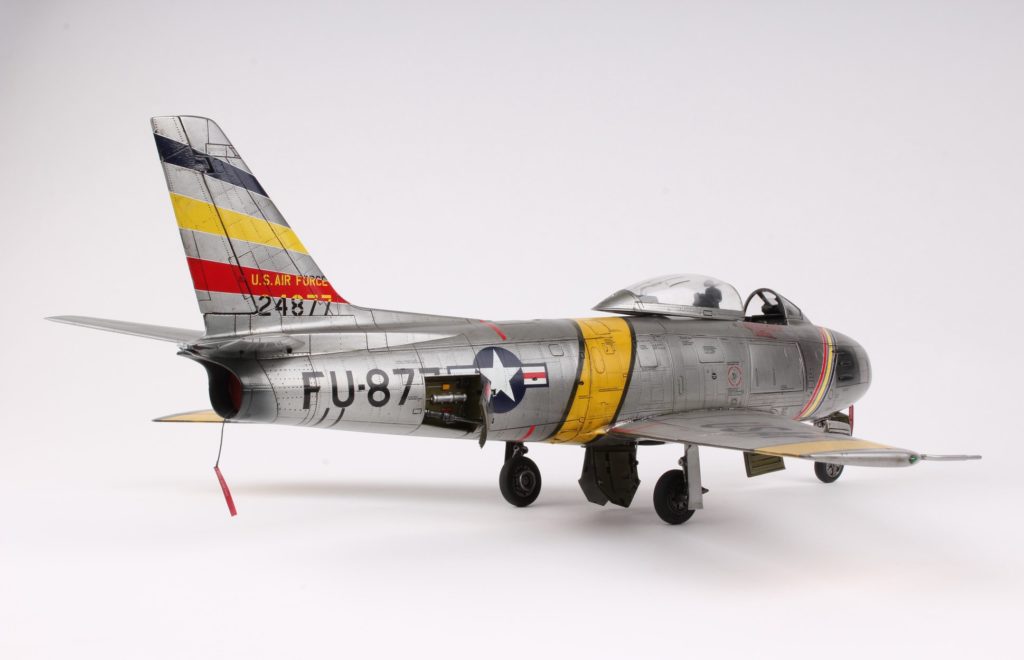
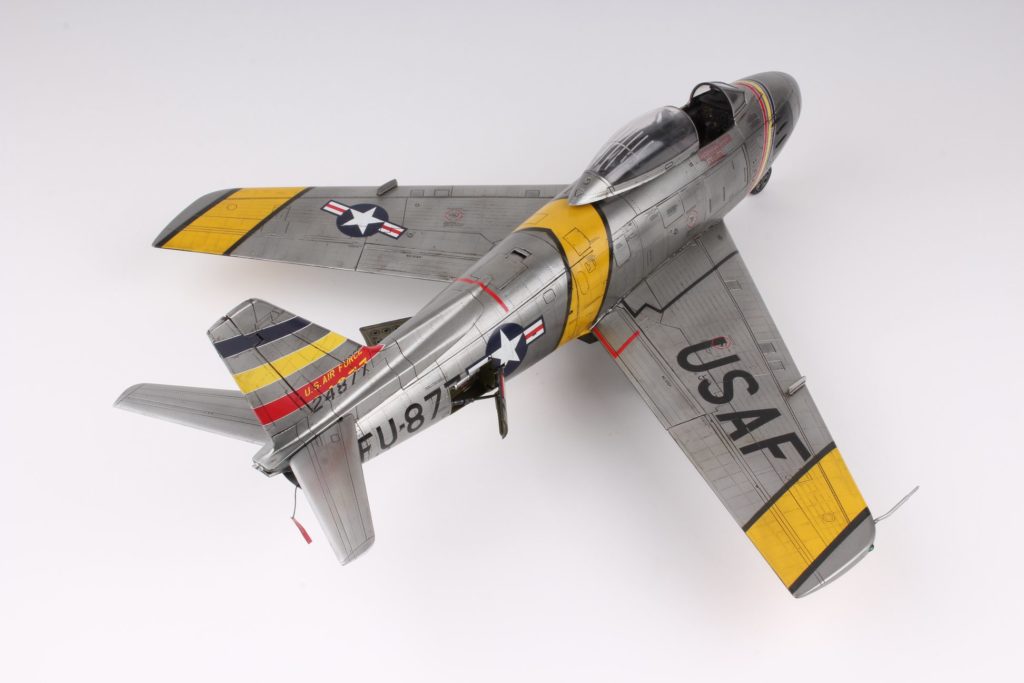
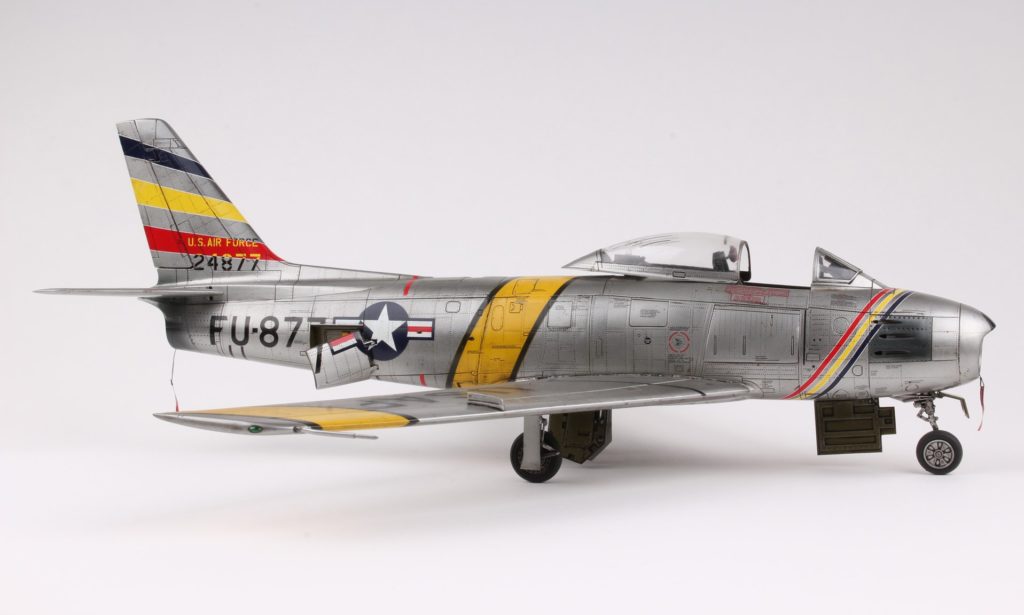
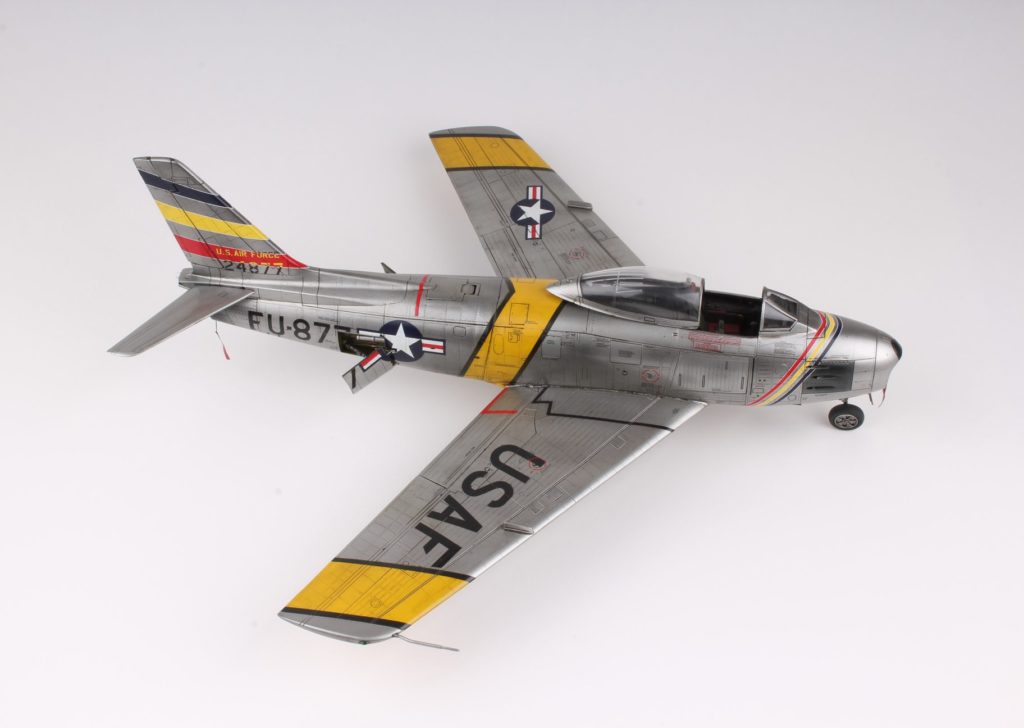
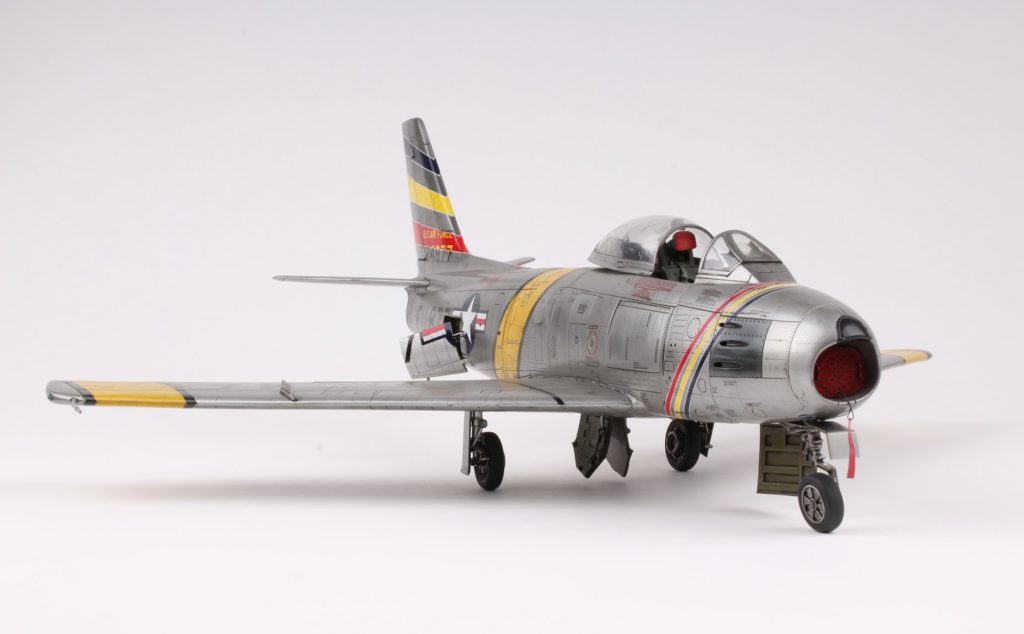
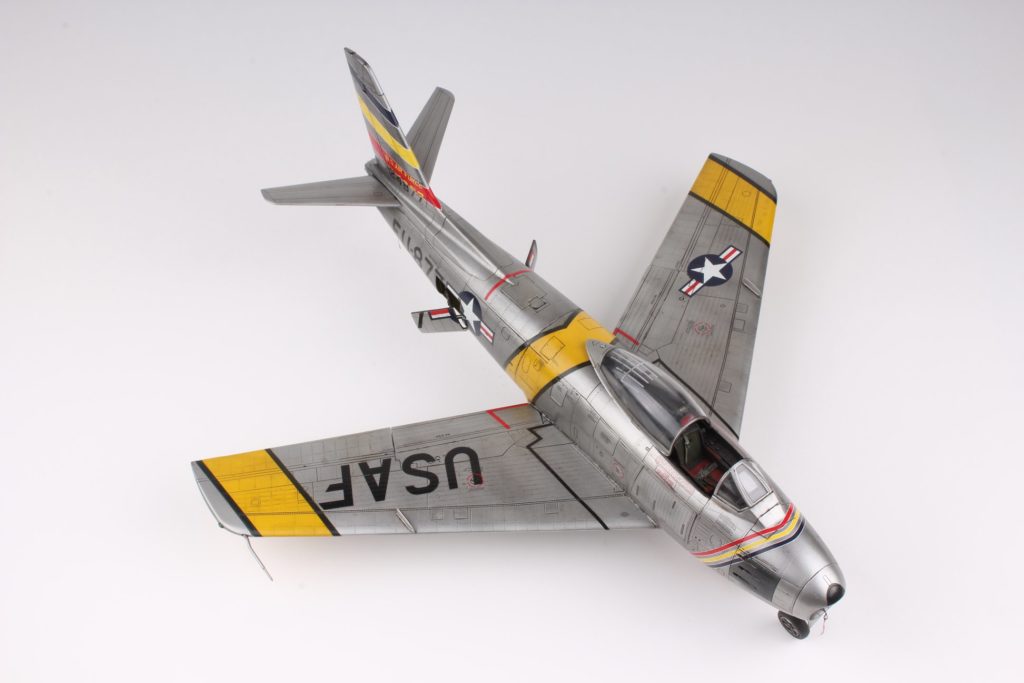
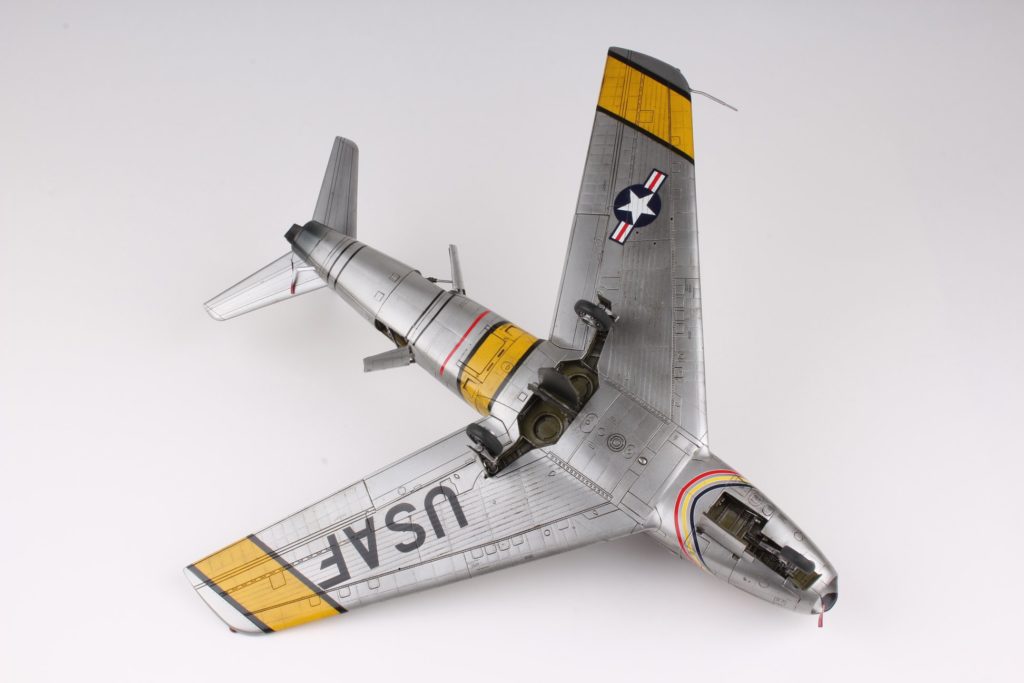
Leave a Reply